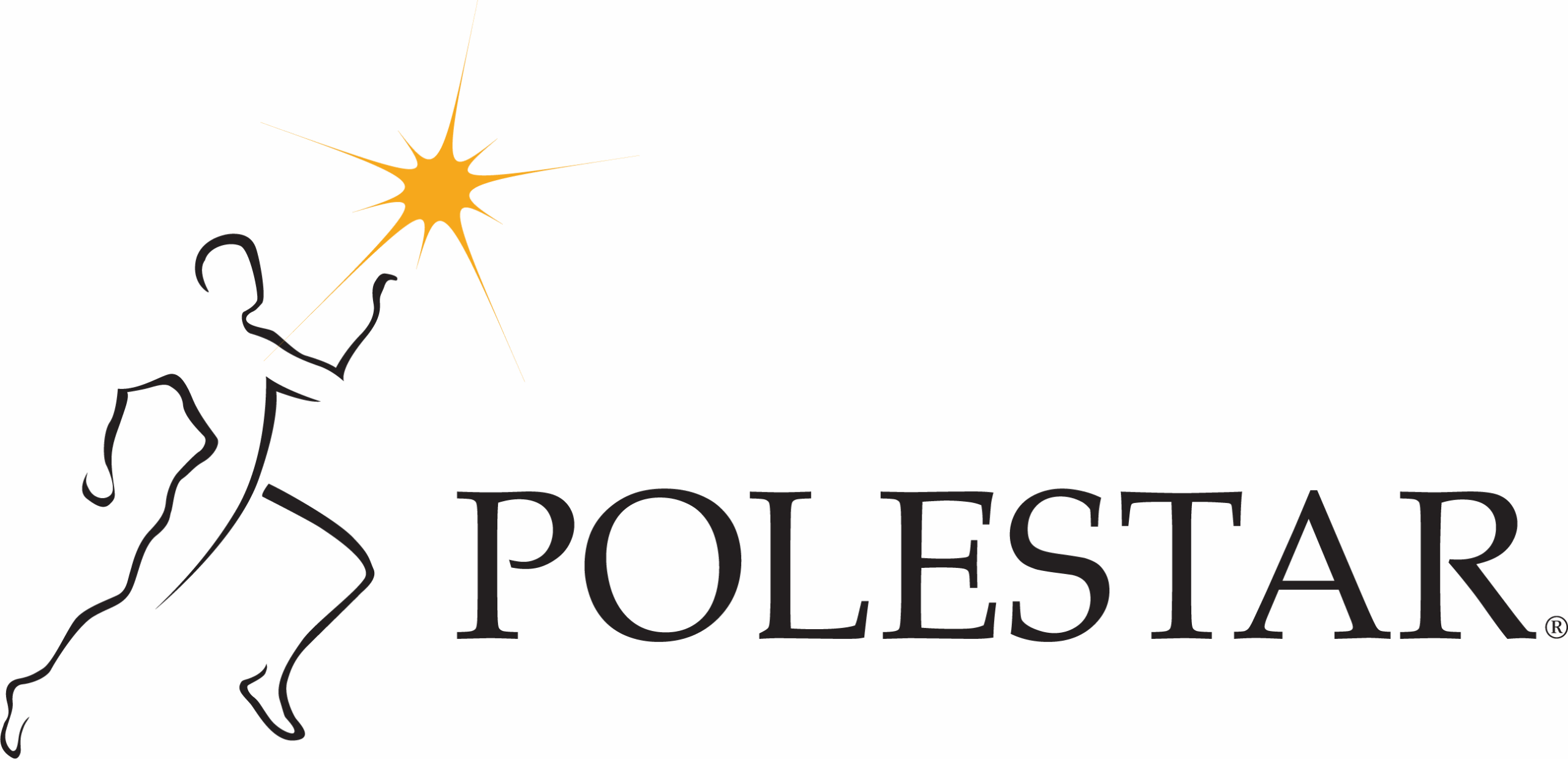
By: Juan Nieto
How do you breathe in Pilates?
Breathing in Pilates is one of the most controversial aspects of the method and generates many false beliefs. It’s not uncommon for us to receive students who have already worked with other schools and execute the exercises thinking there is a “specific Pilates breathing” that they must adhere to.
The reality is that Joseph Pilates left very little information on how he believed one should breathe. Yet, many times we see instructors “dictating” breathing very strictly, telling their students how and when they should always breathe.
Let’s be very clear: dictated breathing in Pilates provides no benefit. In fact, we can assure you that it is one of the worst strategies for learning movement. Have you noticed that in day-to-day life, we practically never think about how we breathe? When we breathe consciously, we focus our attention on breathing and consequently withdraw it from any other activity. Paying attention to multiple things at once, such as the conscious execution of an exercise while following a specific breathing pattern, requires so much “mental energy” that it prevents us from identifying the sensations and small adjustments occurring in our body and movement.
What is the best way to breathe while doing Pilates?
Our methodology is clear: breathing is a tool, not a rule. Specific work on breathing can be applied at certain times to achieve a particular effect. If, when teaching a class, nothing particularly significant stands out to you about your students’ breathing, you should not mention breathing during the exercise. Why would you want to take away necessary resources from their movement practice?
It’s important to make this point very clear. Of course, breathing can be used at a specific moment to achieve a certain effect. An example would be recommending that your student inhales to facilitate thoracic extension if you have noticed they have trouble performing that specific movement and you want to help them access a bit more movement in that area.
Strategies to Optimize the Use of Breathing in Pilates
As you can see, we have different strategies to optimize the use of breathing in Pilates, but these almost always involve finding the most comfortable and natural way to do so while performing an exercise.
The Movement Principles that guide our bodies are critical. At Polestar, we emphasize these pillars because they help us understand Pilates more deeply, moving from memorizing and repeating a series of exercises to integrating them into the way each of us moves. You can learn more about the Movement Principles Course by clicking the link below this post.
For more information on the Online Principles of Movement Course, click here.
You can purchase Dr. Brent Anderson’s “Principles of Movement” book here.
Para leer la version en español, haz click aquí.
About The Author
As a trained physiotherapist, Juan Nieto professionally identifies as a practitioner, student, and teacher of movement. His main goal is to help individuals regain their agency, alleviate their fears, and enjoy the freedom of movement in their lives.
He has founded and is involved in several companies related to movement and health. He is the founder of NEPO Movement Studio in Madrid, the creator of “Movimiento Desencadenado” podcast, the co-founder of Runity.run, and the Spanish representative for Polestar Pilates.
Follow Juan on Instagram and read more about Polestar España.
Watch Juan on Pilates Hour here and stay tuned for more episodes!




